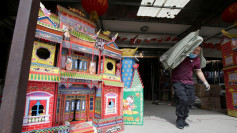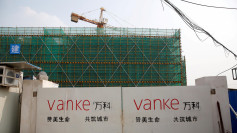Whether it's real estate in China or elsewhere, imagine buying a house that's far away. People would much rather take a look at the property they're buying up close, but what if that's not possible? That's where technology, specifically drones and augmented reality, comes in.
While this technology is still in the exploratory stages, it's worth noting that technology is catching up fast. There are many applications for drones and augmented reality in real estate, T4G noted. Drones can be particularly helpful, especially if it means bringing information about a property to a prospective client or buyer without having to go to the site itself.
In the case of augmented reality, the kinks are still being ironed out. Think games like 'Pokemon Go;' augmented reality can bring an object or a place to people without letting them go to the place physically. In the case of games, people can pretend they're catching a monster or fighting one through augmented reality. The same application can be placed on real estate.
Combining these technologies, most real estate agents can reap the benefits by not having to bring the clients to the site until all they have to do is to turn over the property. Site visits can happen through drone fly-bys-flying above the whole site and taking shots of the house the client is interested in. Afterward, augmented reality can come in by creating a photo-realistic version of the place, which the agent can show through an app that enables augmented reality images the buyer can view.
iTech Craft presents another idea of how augmented reality can also help through drone shots. Not only do clients have access to images and such when viewing through augmented reality. They can also get acquainted with the vicinity early through additional information like street names, the manner of traffic, directions on how to get to specific points of interest in the area, and other information about the site readily available on the web, already applied to the augmented reality images.
There are other ways, for sure, to visit the site without even leaving the safety of the real estate office. Virtual reality is another technology that can be applied to it. However, VR/AR images can be quite expensive to produce, but the technology is evolving to a point where producing images is beginning to be quite inexpensive.
Whether to show an incomplete development in its finished state or to create a model of an unexisting building, drones and augmented/virtual reality represents the next logical step in real estate.





